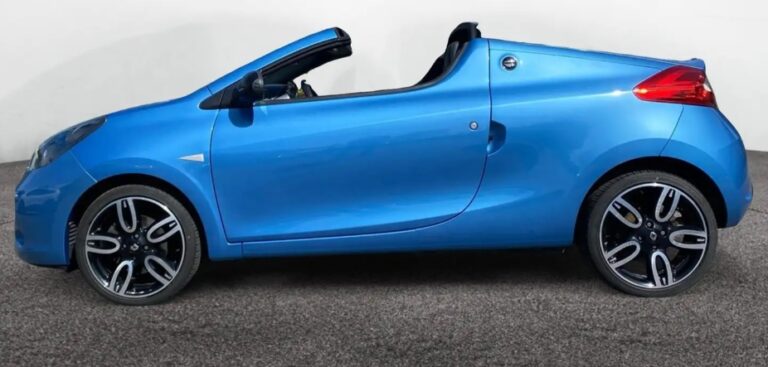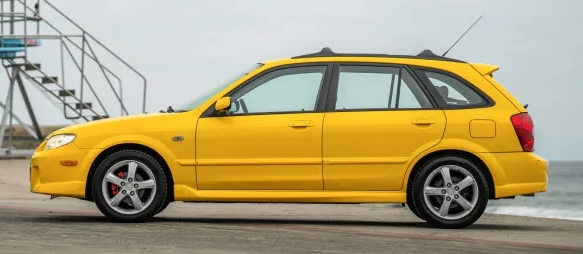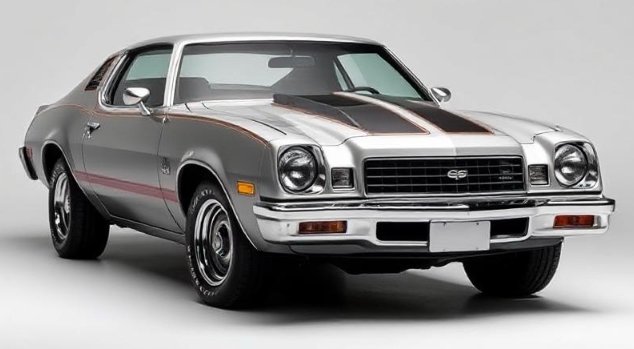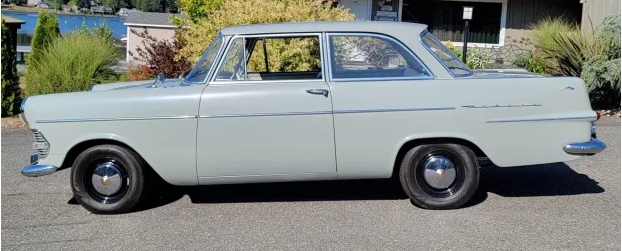The Evolution of the Chevrolet Avalanche
The Chevrolet Avalanche is a distinctive full-size pickup truck that combined the utility of a traditional pickup with the versatility of an SUV. Introduced by General Motors under the Chevrolet brand, the Avalanche was designed to appeal to consumers seeking a multi-purpose vehicle capable of handling work-related tasks while also serving as a family vehicle. Its evolution from inception to discontinuation reflects changing consumer preferences, technological advancements, and strategic automotive decisions. This article provides a detailed overview of the Chevrolet Avalanche, including its production years, model variants, trim levels, and notable features.
Introduction and Background
The Chevrolet Avalanche was first introduced in 2001 as a 2002 model, marking GM’s attempt to create a versatile, innovative pickup that could bridge the gap between traditional trucks and SUVs. The Avalanche’s unique design featured a midgate—an innovative fold-down panel connecting the cab to the cargo bed—allowing for increased cargo flexibility and volume. This feature made the Avalanche particularly popular among consumers who needed both passenger comfort and cargo capacity.
The vehicle was produced in two main generations: the first from 2002 to 2006 and the second from 2007 to 2013. The Avalanche was eventually discontinued after the 2013 model year, as shifting market dynamics and the rise of crossover SUVs diminished demand for traditional pickup trucks like the Avalanche.
First Generation (2002–2006)
Introduction and Launch
The first-generation Chevrolet Avalanche was unveiled in 2001 and launched as a 2002 model. It was built on the GMT800 platform, shared with other GM trucks such as the Chevrolet Silverado and GMC Sierra. The Avalanche was available exclusively as a crew cab (meaning four full-sized doors and a spacious interior), emphasizing its dual role as a family vehicle and workhorse.
Models and Trim Levels
Throughout its first generation, the Avalanche was offered in two main trim levels:
- LS: The base trim level, equipped with essential features, cloth upholstery, and standard equipment suitable for everyday use.
- LT: The higher trim level, adding upgrades such as leather upholstery, upgraded audio systems, and additional comfort and convenience features.
Powertrain Options
The first-generation Avalanche was available with:
- A 5.3-liter V8 engine (Vortec 5300), producing approximately 285 horsepower and 325 lb-ft of torque.
- An optional 6.0-liter V8 (Vortec 6000), delivering about 300 horsepower and 355 lb-ft of torque, available on higher trims or as part of specific packages.
Features and Innovations
The first-generation Avalanche was notable for:
- Midgate: A key feature allowing the cargo bed to expand into the cab, increasing cargo volume from approximately 5.8 cubic feet to over 8 feet in length or up to 8.2 cubic feet with the midgate lowered.
- Four-door Crew Cab: Providing ample interior space for passengers.
- Versatility: The ability to switch between passenger transport and cargo hauling, making it popular among contractors, outdoor enthusiasts, and families.
Facelift and Updates
In 2004, GM refreshed the Avalanche with minor exterior updates, including new grille designs and interior improvements, such as upgraded audio systems and optional navigation.
Second Generation (2007–2013)
Introduction and Design Changes
The second-generation Avalanche debuted at the North American International Auto Show in 2006 for the 2007 model year. Built on the GMT900 platform, it featured a more modern design, improved aerodynamics, and upgraded interior amenities.
Models and Trim Levels
The second-generation Avalanche was offered in multiple trim levels, providing a broader range of options:
- LS: The base model, with standard interior features, vinyl or cloth seats, and basic convenience features.
- LT: The mid-tier trim, adding features like improved interior materials, upgraded audio, and optional leather seats.
- LTZ: The top-tier trim, featuring luxury features such as leather upholstery, premium audio systems, power accessories, and more advanced safety features.
Powertrain Options
The second-generation Avalanche retained the 5.3-liter V8 as standard, with the following options:
- A 5.3-liter V8 (Vortec 5300), with variable valve timing, producing around 320 horsepower and 335 lb-ft torque.
- An optional 6.0-liter V8 (Vortec 6000) on certain models, offering approximately 367 horsepower and 375 lb-ft torque.
- A 6.2-liter V8 (Vortec 6200) was offered in some special editions or for fleet purposes.
Features and Innovations
Key features of the second-generation Avalanche included:
- Enhanced Midgate System: Now supporting longer cargo items with a more robust mechanism.
- Z71 Off-Road Package: Offered on LT trims, including off-road suspension, skid plates, and all-terrain tires.
- Improved Interior: Higher quality materials, optional navigation, and upgraded audio systems.
- Safety and Convenience: Standard features such as stability control, traction control, and rearview cameras in later years.
Special Editions and Packages
Throughout its production, Chevrolet offered several special editions and packages, such as:
- Black Diamond Edition: Featuring unique black paint with chrome accents.
- LTZ Plus Package: Including additional luxury features.
- Off-Road Packages: Focused on enhancing off-road capability for adventurous owners.
Discontinuation and Market Factors
Despite its innovative features, the Avalanche faced declining sales as consumers shifted towards crossover SUVs and other more fuel-efficient vehicles. GM officially discontinued the Avalanche after the 2013 model year, with the last models produced in 2013.
.
Many car aficionados have multiple hobbies, like boating as well as auto stuff. Those who don’t already own a boat (and even some that do), may have thought about building their own boats. It’s really not as hard as you’d think. Just take a look at these easy boat building plans!

.
Production Summary
| Generation | Years Produced | Notable Features | Engine Options | Trim Levels / Models |
|---|---|---|---|---|
| First | 2002–2006 | Midgate, Versatility | 5.3L V8, 6.0L V8 | LS, LT |
| Second | 2007–2013 | Modern design, advanced features | 5.3L V8, 6.0L V8, 6.2L V8 | LS, LT, LTZ |
Notable Variants and Special Editions
Throughout its production, the Chevrolet Avalanche saw several variants and special editions aimed at different market segments:
- Z71 Off-Road Edition: Available in both generations, emphasizing off-road capabilities.
- Black Diamond Edition: Aesthetic package with unique paint and trim.
- LTZ Luxury Models: Focusing on comfort and upscale features.
- Fleet and Commercial Versions: Used by service providers and fleet operators, often with minimal trim and specialized configurations.
Market Reception and Legacy
The Chevrolet Avalanche was praised for its innovative midgate system and versatile design, making it a favorite among outdoor enthusiasts, contractors, and families needing a flexible vehicle. Its blend of truck utility and SUV comfort was relatively unique during its era.
However, market trends shifted towards more fuel-efficient and car-like crossover SUVs, leading to declining sales in the late 2000s and early 2010s. Despite its discontinuation, the Avalanche remains a notable example of automotive innovation in the full-size pickup segment.
Conclusion
The Chevrolet Avalanche’s evolution from 2002 to 2013 showcases a vehicle that aimed to redefine pickup utility with innovative features like the midgate and flexible cargo solutions. Spanning two generations, it offered varied trims and special editions tailored to diverse consumer needs. Although it was eventually phased out due to shifting market preferences, the Avalanche’s influence persists in its innovative approach to vehicle versatility and design.







